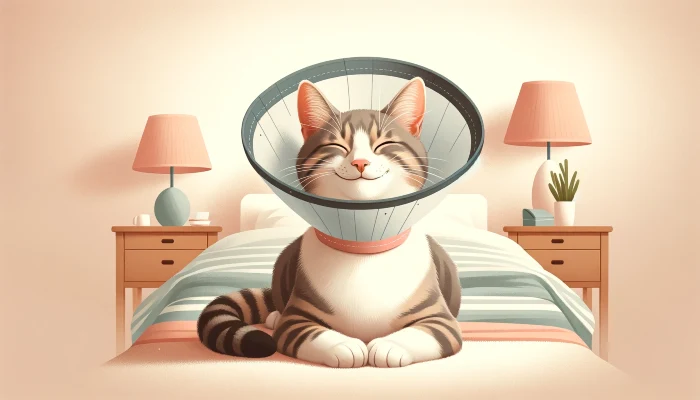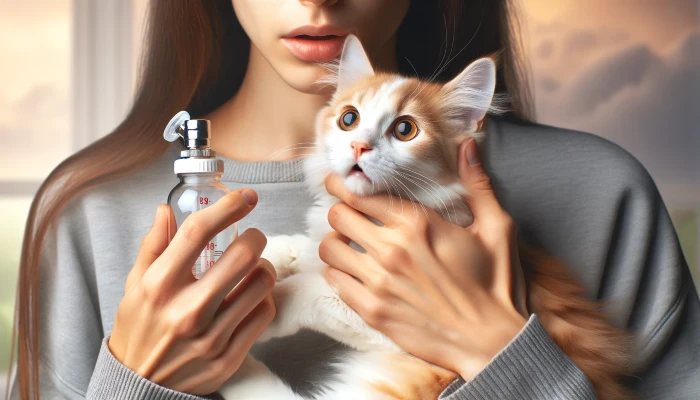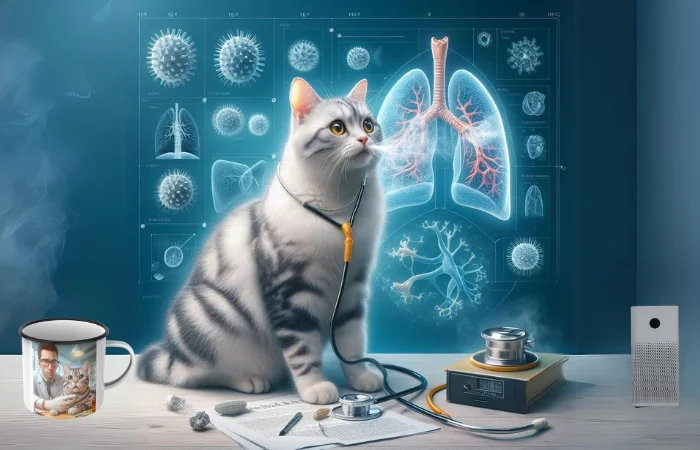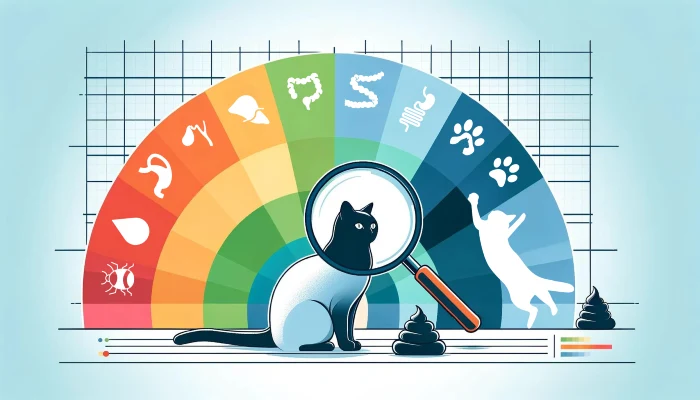Quick Guide to Your Cat’s Spay Surgery: What You Need to Know
Spaying your cat isn’t just about keeping the neighborhood tomcats at bay; it’s a crucial step towards ensuring their long-term health and happiness. By opting for this surgical procedure, you’re not only helping control the pet population but also protecting your furry friend from serious health issues such as breast cancer and uterine infections, common in intact female cats. If you’re wondering about the commitment this surgery entails, you’re in the right place. Let’s dive into what the spay procedure involves, from decision-making to full recovery, and how it benefits both you and your beloved cat.
Key Insights:
- Health Perks: Spaying offers a slew of advantages, including reducing the risk of certain cancers and the chances of unwanted kittens.
- Surgery Specs: Performed under general anesthesia, spaying is a standard, routine procedure that’s a critical operation with a promising recovery outlook.
- Process & Care: A clear grasp of the spaying journey, from pre-op prep to aftercare, ensures a smoother experience for both you and your cat.
- How Long It Takes: The procedure itself lasts only 30 minutes to an hour.
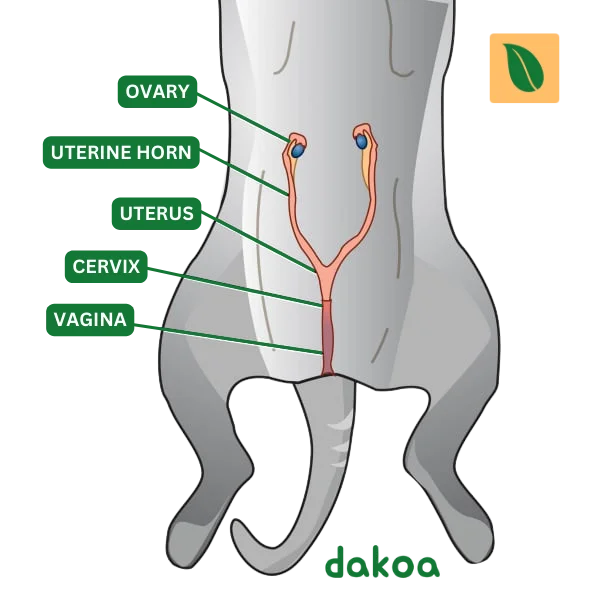
Understanding the Spay Procedure
Got questions about spaying your cat? You’re not alone. This vital operation, also known as spay surgery, is done under general anesthesia. During the procedure, a veterinary surgeon carefully removes the female reproductive organs — ovaries, fallopian tubes, and uterus. This not only prevents unwanted pregnancies but also slashes the risk of health issues like mammary cancer and uterine infections.
Veterinary experts often recommend spaying at a young age, usually before 6 months of age, to bypass the first heat cycle and its associated risks, including unexpected pregnancies and a heightened chance of breast cancer. Starting early not only bolsters your cat’s health but also plays a part in managing the cat population effectively.
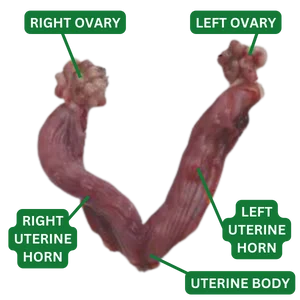
Getting Ready for the Big Day: Spay Surgery Prep
Prepping your cat for spay surgery is all about the little details that make a big difference. As a dedicated pet parent, ensuring your cat is in tip-top shape before this significant operation is key. Start with fasting—no food for about 12 hours before surgery to reduce the risk of complications from general anesthesia, like vomiting, which can lead to severe health issues. Water is fine until a few hours before you head to the vet. Also, set up a cozy recovery zone at home with a clean litter box to welcome them back in comfort.
Post-op, expect a thorough run-down from the veterinary team, covering everything from how to adjust your cat’s diet to keeping an eye on the surgery site for any signs of trouble. They might recommend an Elizabethan collar to stop your kitty from messing with the stitches, to ensure a smoother healing process.
What to Expect: Timing the Procedure
Wondering how long the spay surgery itself takes? Despite the complexity of removing the female reproductive organs (ovaries, fallopian tubes, and the uterus), the procedure is surprisingly swift.
Veterinary surgeons, armed with expertise and precision, typically wrap up within 30 to 60 minutes. The timing can depend on various factors, such as your cat’s age, health, and whether she’s in heat.
For kittens, the push is to perform the surgery as early as 8 weeks of age, aligning with advice to tackle spaying early to fend off risks like mammary cancer and uterine infections. The goal is always to beat the first heat cycle, optimizing health benefits and recovery ease.
After the surgery, the focus is on keeping the incision site clean and infection-free, using techniques like skin sutures or skin glue. Thanks to the efficient nature of this routine operation, your cat can bounce back quickly, ready to resume their usual playful antics and cuddles in no time.
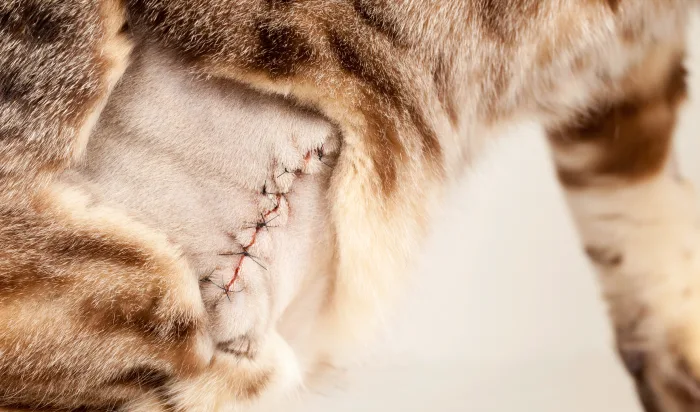
Navigating the Post-Op Phase: The First Hours After Surgery
Right after the spay surgery, your cat will start to shake off the fog of general anesthesia. It’s normal for them to be a bit out of sorts, groggy, or confused during this time. These first few hours are critical, and the veterinary team will monitor their patient closely to ensure they come around smoothly and with minimal discomfort. A temporary disinterest in food is common as their body works to clear the anesthesia, so don’t worry if they’re not their usual food-loving selves when they first arrive home.
Keeping an eye on the incision site for any signs of infection is key during this delicate stage. Look out for redness, swelling, or any foul odor, and don’t hesitate to contact your vet if something seems off. The Elizabethan collar becomes an essential ally here, preventing your cat from tampering with the stitches and ensuring a safer recovery path.

The Road to Recovery: Home Care Essentials
Post-surgery, the healing process kicks in. Most cats are quick to recover, showing signs of their old selves within 10-14 days. The Elizabethan collar, also known as the dreaded cone of shame, is a necessary evil at this point! It’ll keep your cat’s tongue and teeth away from the healing incision and steer clear of potential complications.
Vigilance for infection signs is paramount. Some swelling at the incision site may be expected initially, but redness, a nasty smell, or any discharge calls for immediate veterinary attention. A clean environment, especially a fresh litter box, is vital for a smooth recovery. It’s normal for your cat to have a reduced appetite for a day or two after surgery or to seem slightly uncomfortable, but if these issues persist more than a couple of days, contact your vet for advice.
Embrace this recovery phase as a time for gentle healing and reconnecting with your feline friend. Keeping a watchful eye for any undesirable behaviors or infection signs is crucial for their well-being and a joyous future together.
Dealing with Possible Hiccups: Understanding Complications
Like any medical procedure, spaying comes with its share of risks, though complications are relatively rare. As a responsible pet owner, it’s important to be on the lookout for signs that might indicate something’s amiss. Two main issues to watch for are severe infections or herniation — both need immediate attention, but thankfully are not commonplace.
Infection signs at the surgical site include redness, swelling, discharge or an unpleasant odor. If your cat exhibits any of these after surgery, it’s time to get in touch with an emergency veterinarian right away. Herniation, another potential but rare complication, could manifest as a bulge near the incision site, suggesting that internal organs are protruding through an abdominal wall gap. This situation calls for urgent consultation with your vet.
The best strategy to mitigate these risks involves following your vet’s post-operative care instructions to the letter. This includes keeping the Elizabethan collar on to stop your cat from licking or nibbling at the incision, which could introduce infection. Ensuring the litter box is clean and free from tiny particles that might stick to the wound is also crucial for a healthy recovery setting. Vigilantly monitoring for any signs of infection or unusual behaviors during the healing process is key to navigating your pet towards a speedy and complete recovery, setting the stage for many happy, healthy years ahead. And remember, if you have any reservations at all, don’t hesitate to call your cat’s vet for advice, even if just for informational purposes!
Frequently Asked Questions About Cat Spaying
Q: At what months of age is it best to spay my cat?
A: The ideal time frame for spaying is typically before the first heat cycle, often around six months of age. However, kittens as young as eight weeks of age can be safely spayed, depending on their health and physical condition. Consulting with your veterinary team can help determine the best time for your furry friend.
Q: What are the health benefits of spaying my cat?
A: Spaying offers numerous health benefits, including a lower risk of mammary cancer, uterine infections, and uterine cancer. It also eliminates the risk of unwanted litters and can help prevent certain unwanted behaviors associated with hormonal influence, such as yowling loudly, sticking her rear in the air, trying to get outdoors and being overly affectionate.
Q: How long is the recovery period after a spay surgery?
A: Most cats fully recover within 7-10 days, with the incision site healing within 10-14 days. Observing your pet for signs of discomfort, ensuring they wear an Elizabethan collar, and following your vet’s post-operative care instructions are crucial for a smooth recovery.
Q: What should I do if I notice signs of infection at the incision site?
A: Signs of infection, including redness, swelling, a foul odor, or discharge, require immediate attention. Contact your veterinarian or an emergency veterinarian for advice and possible treatment, which may include antibiotics or additional care.
Q: Can spaying cause weight gain in cats?
A: Some pet owners notice a slight increase in weight after spaying due to hormonal changes. You can manage this with proper diet and regular exercise to ensure your cat maintains good health and avoids obesity.
Q: Is spaying a cat considered a major surgery?
A: Yes, spaying is considered a major surgical procedure, as it involves removing the female reproductive organs under general anesthesia. Despite this, it’s a routine surgery with a high success rate, and most cats recover quickly with proper care.
Q: How can I keep my cat comfortable during the recovery period?
A: Keep your cat in a quiet, comfortable space away from other pets and active areas in the home. Use a clean litter box with low-dust litter to prevent particles from sticking to the incision site. Monitoring your cat’s behavior, ensuring they wear an Elizabethan collar, and administering any prescribed cat pain medications can also help ease their recovery.
Q: What is the average cost of spaying a cat?
A: The cost of spaying a cat can vary widely depending on your location, the veterinary clinic or hospital, and any additional medical tests or treatments required. On average, you can expect the price to range from $50 to $120. Some factors that influence the cost include the use of general anesthesia, post-operative care, and any pre-surgery blood work. It’s also worth noting that many animal shelters and non-profit organizations offer spaying services at reduced rates or even for free, as part of efforts to prevent unwanted litters and cat overpopulation. Always check with your local veterinary teams and animal welfare groups for the most accurate diagnosis of your pet’s needs and potential cost-saving options.
A Brighter Future for You and Your Cat
Lastly, you should know that if you chose to spay your cat, you made the right choice!
We’ve navigated the ins and outs of spaying your cat, from the careful monitoring of the incision site and managing the effects of general anesthesia to supporting them through the recovery period. Starting as early as a few months of age, spaying sets the stage for a healthier life for your cat, free from the complications of unwanted litters and the discomfort of heat cycles.
Both spay and neuter surgeries serve as critical tools in the fight against reproductive diseases like mammary and uterine cancers in females and testicular cancer in males, offering your furry friend protection from common health issues later in life.
The spaying process isn’t just about your cat’s wellbeing; it’s a crucial step in addressing the broader challenge of cat overpopulation. With the expertise of veterinary teams, this surgical procedure is carried out with precision, ensuring your cat spends as little time as possible under sedation. The meticulous closing of the wound, whether through skin glue or sutures, signifies the end of a significant surgery and the beginning of a safer, healthier future free from hormonal health risks.
Choosing to spay or neuter your cat isn’t just a responsible pet ownership act; it’s a commitment to a life free from the worries of sexual behavior and the heartache of unwanted kittens.
The quick recovery period, typically just 7-10 days, swiftly returns the joy and vibrancy to your relationship. It’s a journey that strengthens the bond between you and your cat, showcasing a mutual resilience and deep-seated love.
By opting for spay surgery, we’re not just ensuring cleaner litter boxes or adjusting to life with an Elizabethan collar; we’re stepping into a future with fewer health concerns and more joyous moments. This decision, backed by data showing significantly lower risks of certain cancers and a contribution to reducing cat overpopulation, lights the path to a harmonious, contented life together.
Let’s embrace this journey, knowing that each step towards spaying our cats moves us closer to a world where every pet is wanted, cherished, and healthy.








